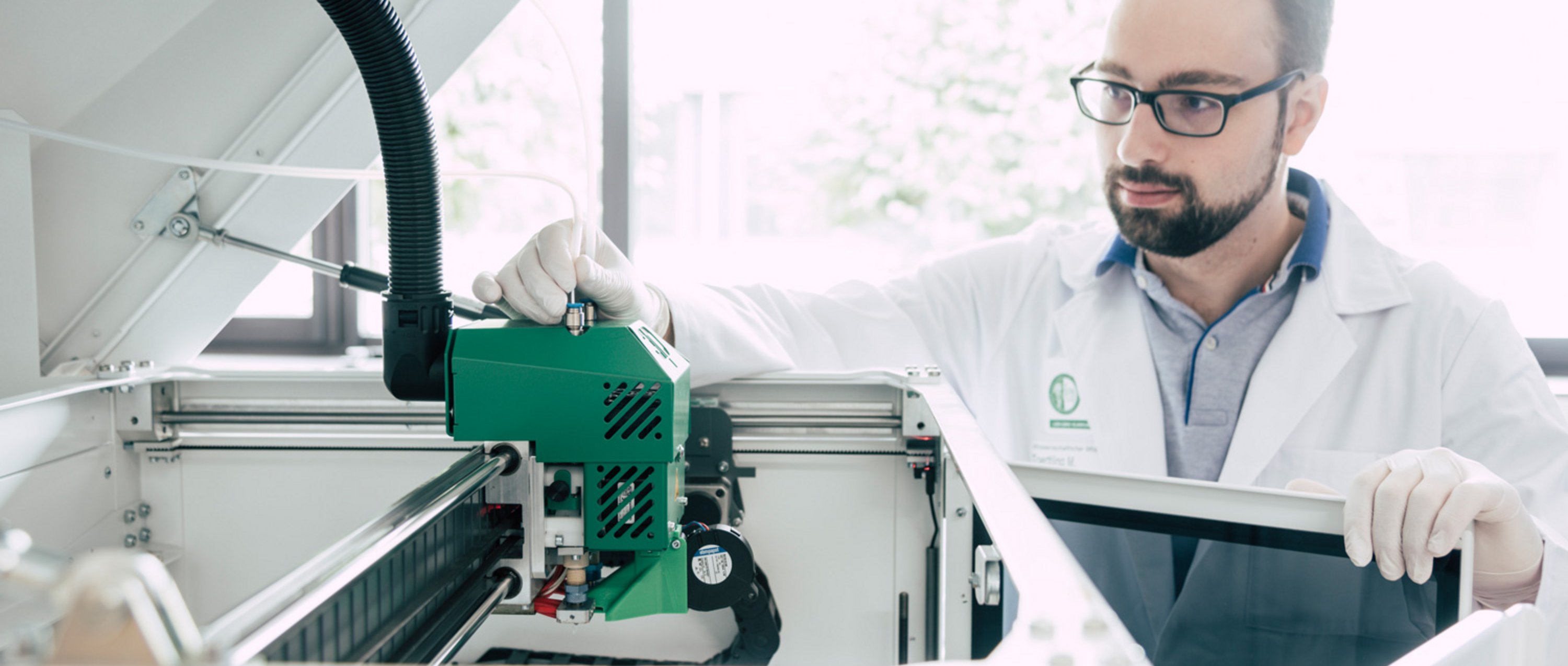HAGE3D R&D COOPERATION
On this page, we would like to showcase our innovative R&D cooperations and demonstrate the versatility of our machines, even in cutting-edge research, and how it is in HAGE3D’s DNA to keep our finger on the pulse. After all, standing still is going backwards!
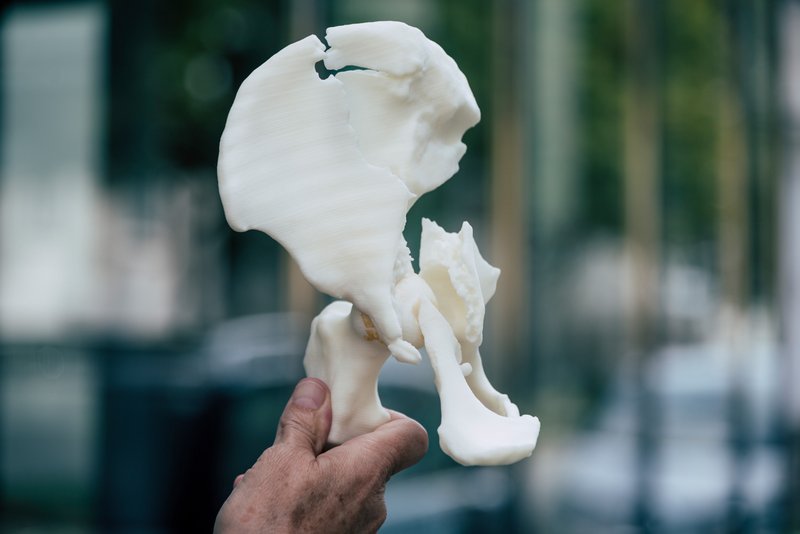
© B. Bergmann/MUG
CAMED PROJECT
AUSTRIA’S FIRST LABORATORY FOR MEDICAL 3D PRINTING
An interdisciplinary research consortium comprising twenty international partners from science and industry is tackling the challenges posed by the use of 3D printing in human medicine as part of the FFG COMET K project CAMed (Clinical Additive Manufacturing for Medical Applications). The scientists in the project have the common goal of producing personalised, carefully fitted implants and prostheses for patients within the shortest time possible. In order to answer these research questions, KAGes and Med-Uni Graz have established a medical 3D printing laboratory at the LKH-Univ. Klinikum Graz, where a HAGE3D printer (model MedMEX) is being used.
COEBRO PROJECT
BUILDING HOUSES WITH A 3D PRINTER
As part of the FFG Bridge Coebro project at Graz University of Technology, an interdisciplinary team of architects, civil engineers and concrete experts is using HAGE3D technology to research the effective, resource-preserving use of concrete in formwork construction. The project seeks to investigate a complete production chain for the flexible manufacture of components made of concrete using additive manufacturing. HAGE3D has supplied a special print head for the project, which is capable of accurately processing special concrete mixtures in cold extrusion.
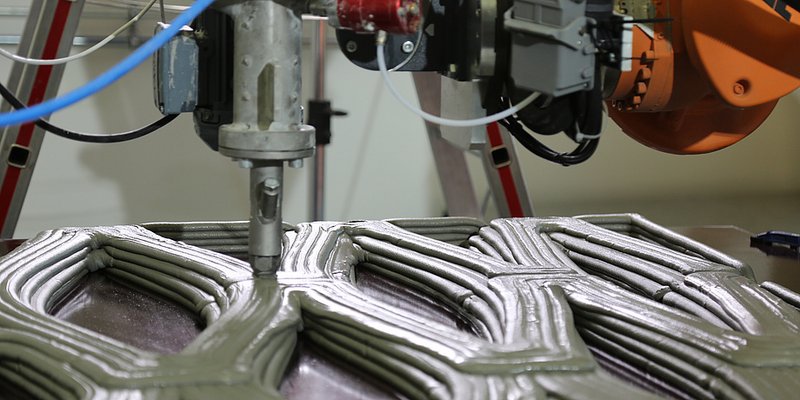
© Baustädter – TU Graz
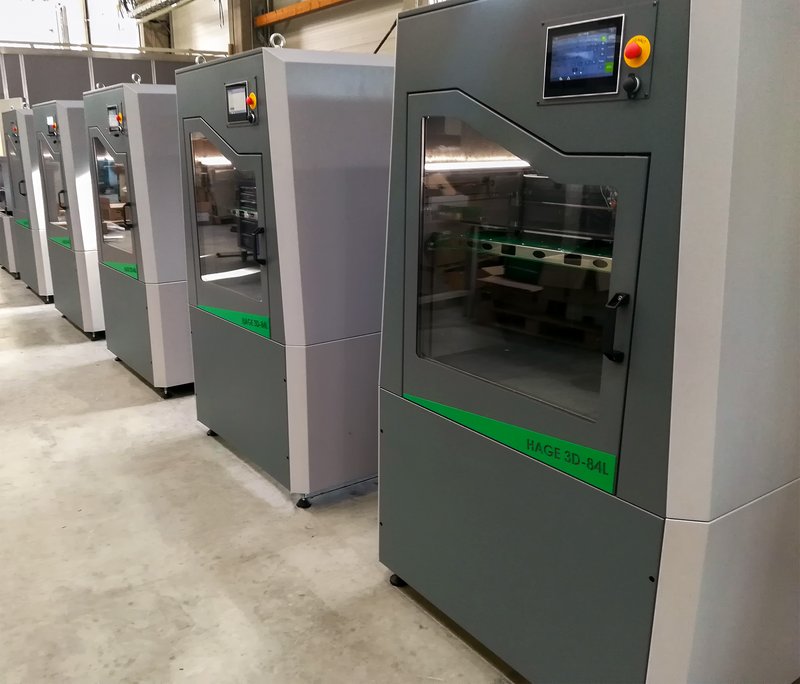
SERIFE-3D
PROJECT
INDUSTRIAL SERIES PRODUCTION MADE EASY
As part of the Serife-3D project, ACR institutes OFI, ZFE and IWI are working closely with HAGE3D and other industrial partners to research the fundamentals for the design and optimisation of 3D-printed series components with a view to cementing additive manufacturing as the standard for high-quality series production in the future. Components from a 3D printer behave differently to injection-moulded parts, for example. This project, funded by Austrian Federal Ministry for Digital and Economic Affairs, is looking at how processing and the material itself affect the load-related dimensioning and long-term behaviour of the components.
CERAMFACTURING
PROJECT
IT IS ALSO POSSIBLE TO PRINT CERAMICS
HAGE3D is part of the EU Horizon 2020 CerAMfacturing project entitled ‘Development of ceramic and multi-material components by additive manufacturing methods for personalised medical products’. Working with partners across Europe, Fraunhofer IKTS is developing an improved indirect ceramic printing process with a focus on aluminium oxide and zirconium oxide as materials.
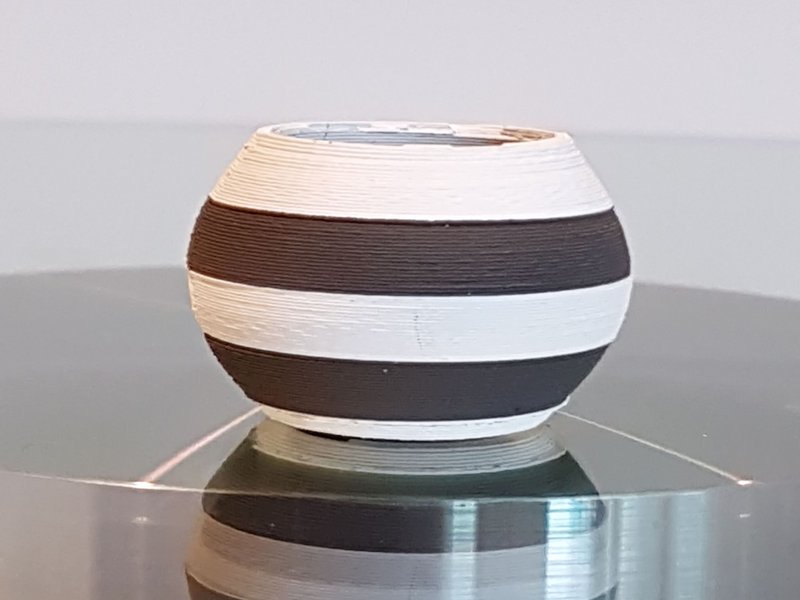
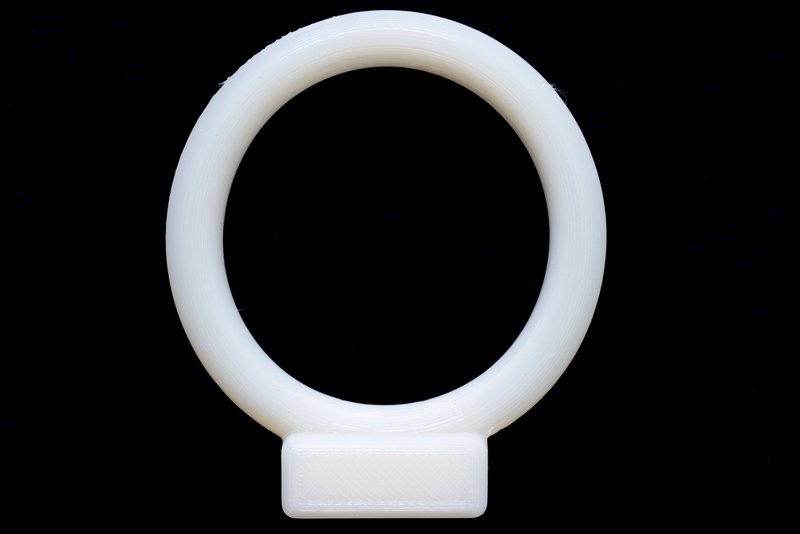
© 10.1016/j.jconrel.2021.05.030
POLYPRINT
PROJECT
3D PRINTING MAKING MOVES INTO THE PHARMACEUTICALS INDUSTRY
HAGE3D is part of the FFG FEMTech project Polyprint. The project is entitled ‘Development of polymer structures using 3D printing for the personal treatment of incontinence’. Working in collaboration with the RCPE, research is being carried out in Graz to look at how to tackle incontinence with the aid of printed pessaries. The objective of the project is for every patient to receive a geometrically adapted pessary with active ingredients, ideally made directly by their doctor. This will allow the dose of medication and the mechanical pessary effect to be combined and tailored.
SHREC PROJECT
INNOVATIVE MANUFACTURING METHODS FOR AIRCRAFT
HAGE3D is part of the FFG takeoff project SHReC entitled ‘Super Highly Integrated Reinforced Composites’. Working with project leader PRIME Aerostructures and project partners TCKT, FACC, Engel and Alpex, research is being carried out into climate-friendly aircraft using new composite components. The main objective of SHReC is to integrate the requisite additive thermoplastic manufacturing methods for the production of lighter and more cost-effective fibre-reinforced components and their combination into the aviation industry.
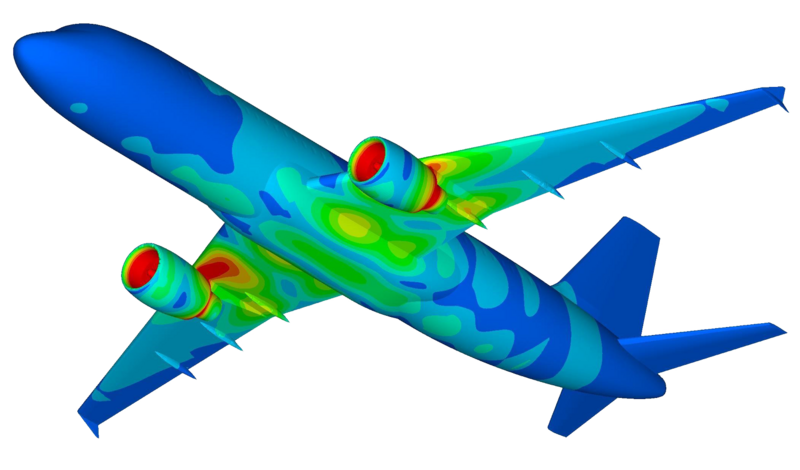
© Stress Ebook LLC
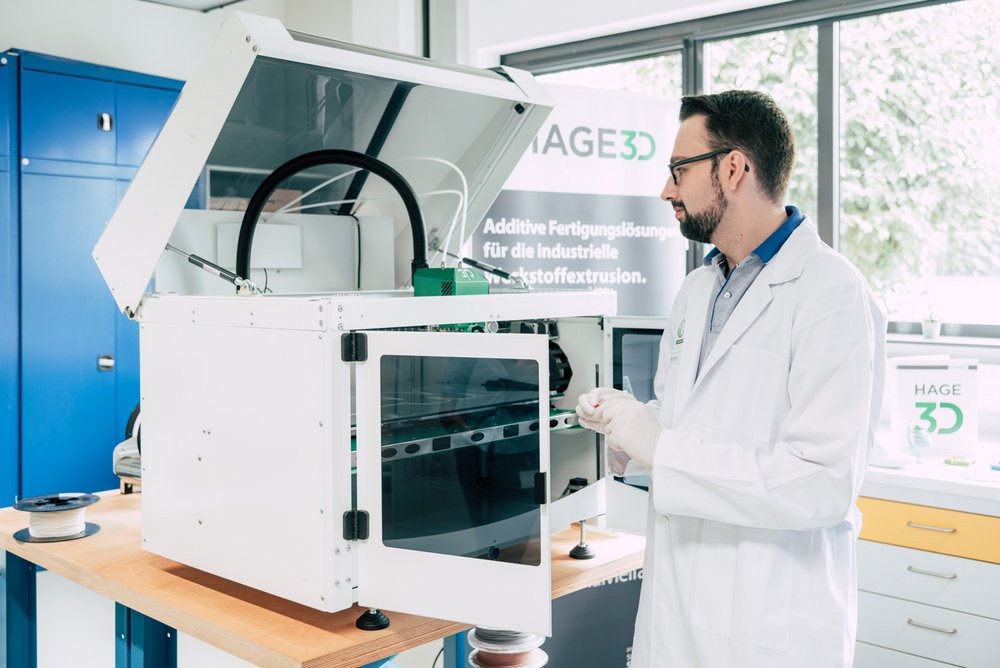
© B. Bergmann/MUG
2STEPPROTECT
PROJECT
MEDICAL PROTECTIVE EQUIPMENT MANUFACTURED IN-HOUSE
The aim of the FFG 2StepProtect project is to rapidly and sustainably make up for the lack of personal protective equipment (PPE) that has arisen nationally and internationally due to the COVID-19 pandemic by means of flexible and, most importantly, local production. In-house production in the medically critical infrastructure itself, such as in clinics and care facilities, and thus minimising the dependence on foreign suppliers is an important contribution to safeguarding supply at critical times. HAGE3D is working with LKH Graz on this project and has provided a specially optimised printer for the purpose.
